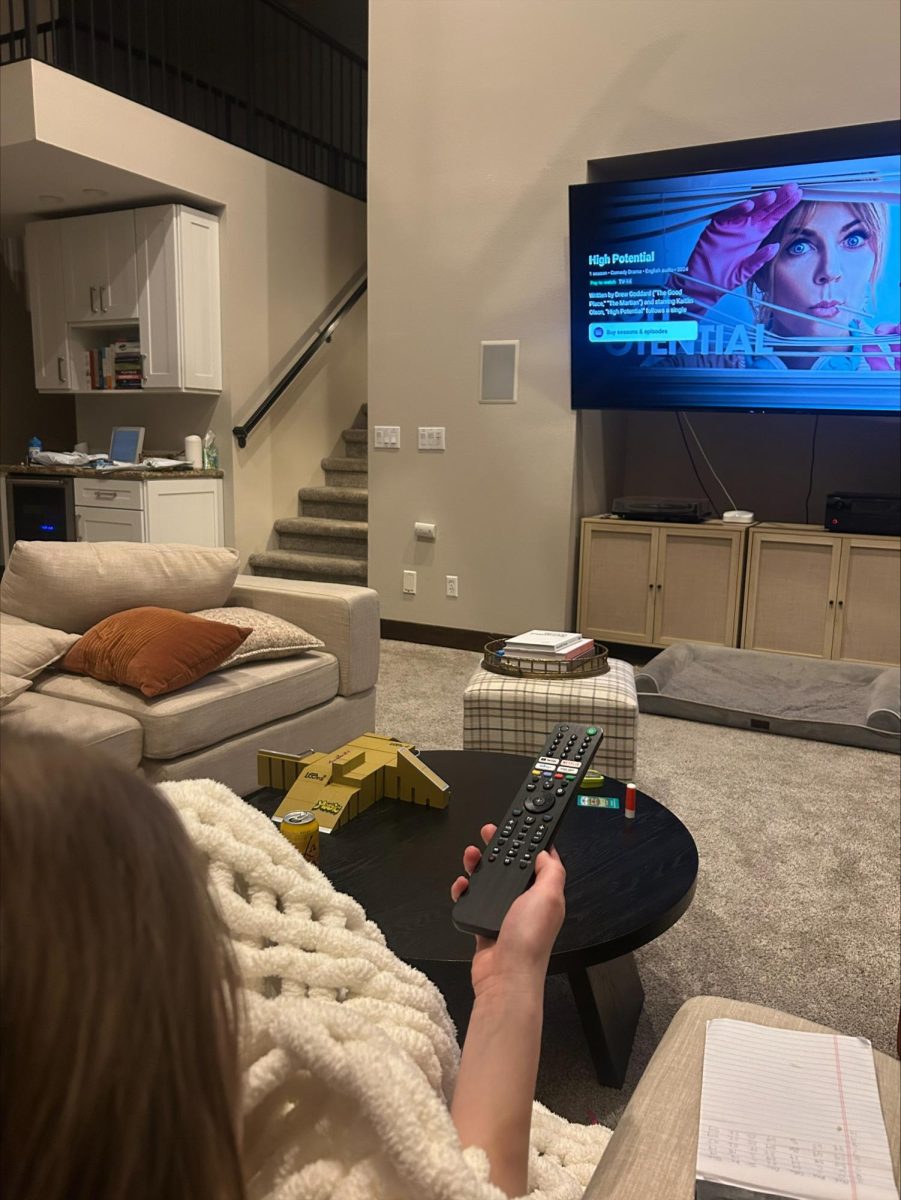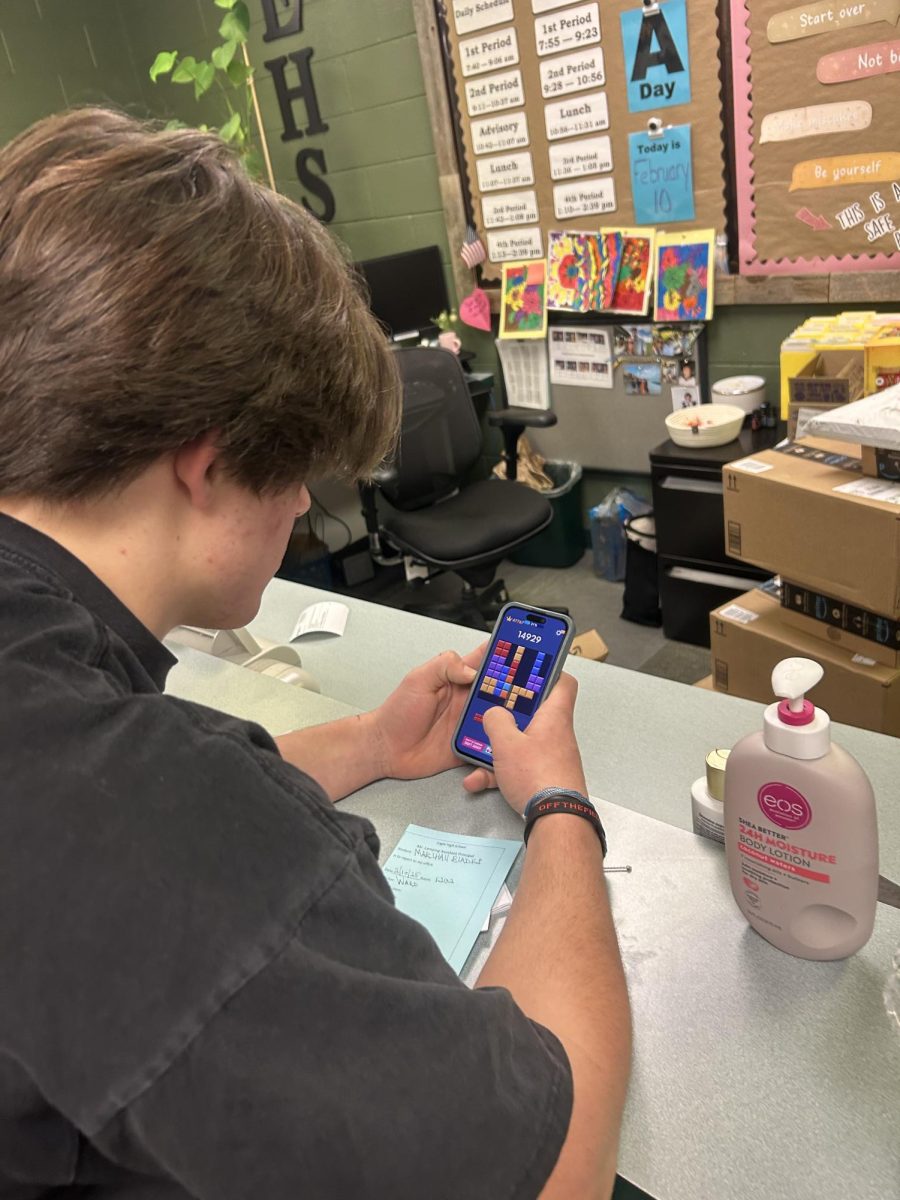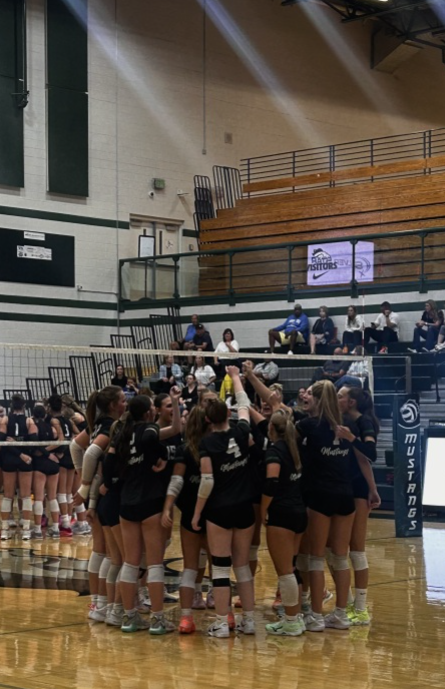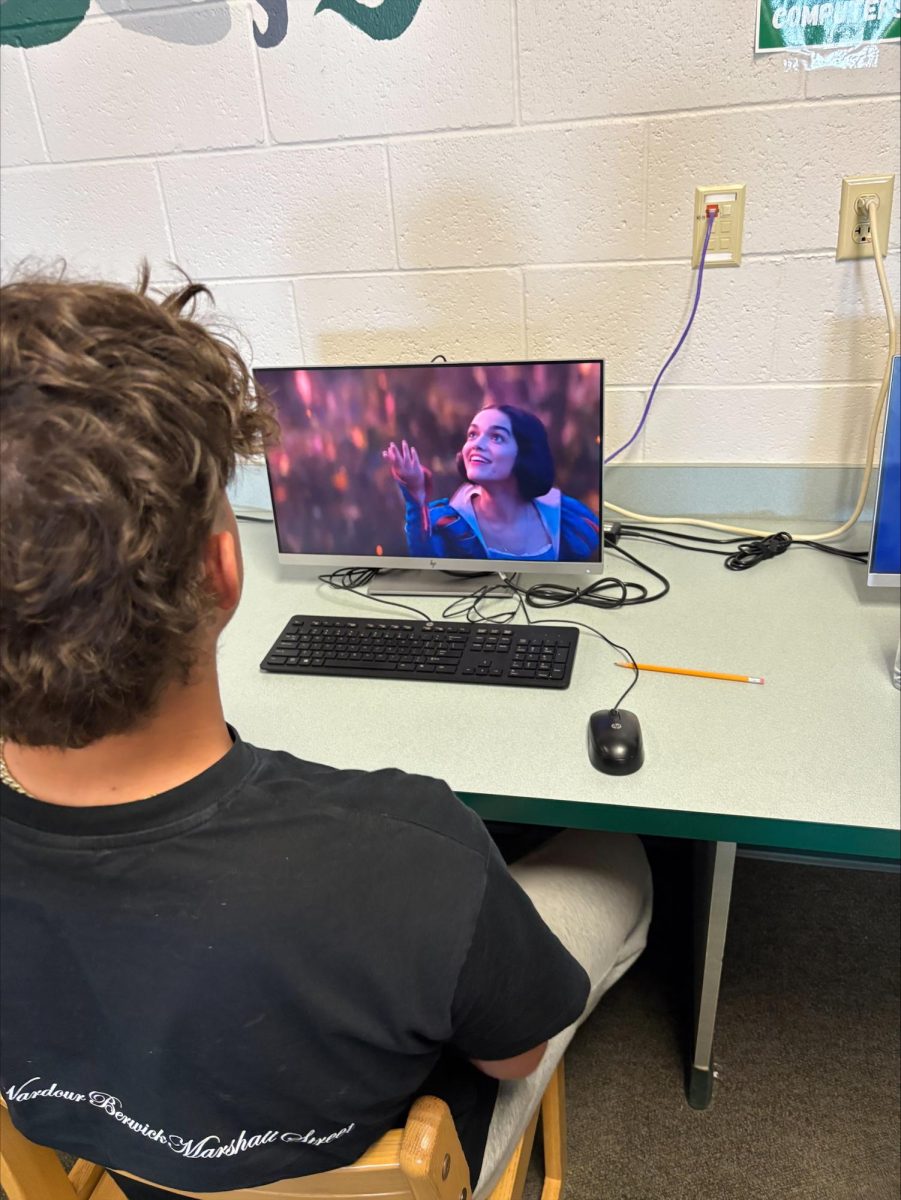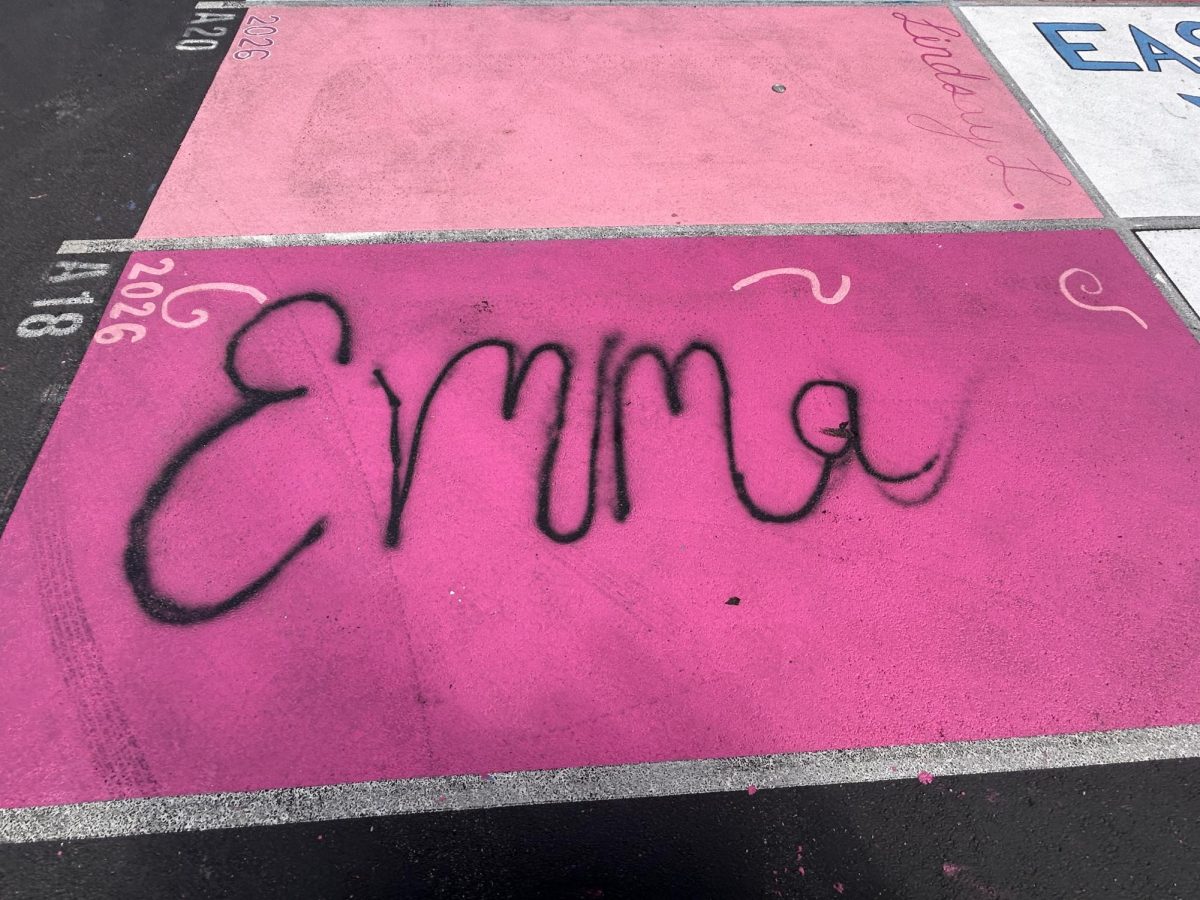Eagle High’s admin recently launched a new sign-out bathroom policy that has sparked controversy amongst the student population. It essentially digitalizes the age-old hall pass, but there are some hiccups with the system that have caused concerns to arise regarding efficiency and privacy of students.
To leave the classroom under the new policy, students must scan a QR code, log-in to the district software, scroll through a list of Eagle High’s entire staff, select their teacher, fill out their destination, class period and “time out”. Then, the student must place their phone in a vault and grab a hall pass before exiting the classroom. Once they return, the student must complete the entire process again in order to submit their “time in” to the classroom.
There is also a “freeze-time” where students may not exit the classroom during the first and last fifteen minutes of class. This creates a 30-minute window where students are not allowed to attend to their needs.
“It’s a really big hassle,” said sophomore Savannah Flake. “It’s also very excessive.”
While it is understandable that the admin would like to improve education and safety at Eagle High by monitoring the hallways a bit better, extreme measures like these are not the route the admin should be going about it.
Rule-abiding students are facing the consequences caused by a few bad apples that cause trouble in the hallways. These policies complicate what used to be a simple sign-out process and can take time away from actual learning. It encourages students to get their phones out during class which is counterproductive to many teachers’ goals of making classrooms a phone-free environment.
“I could have gone to the bathroom and back in the amount of time it takes me to sign out,” said junior Grace Tommasini. “It’s just kind of ridiculous.”
The general population of students at Eagle High are perfectly able to monitor their hallway usage appropriately. The individuals that cause trouble in the hallways should be punished accordingly, but those individuals’ bad behavior does not justify creating such a restrictive policy for the entire school.





















